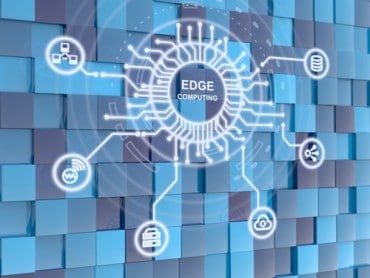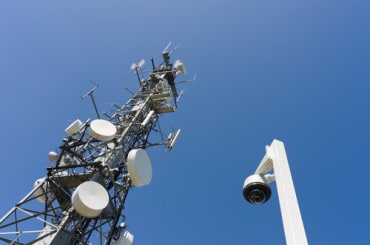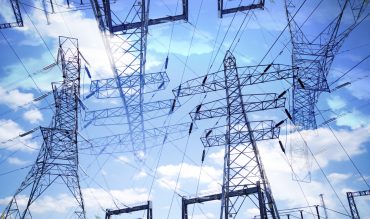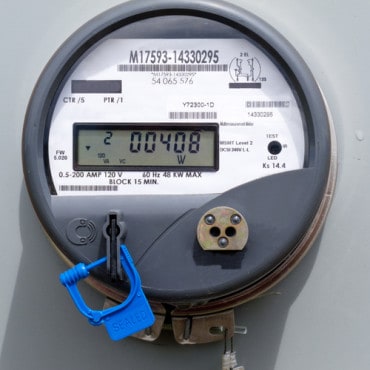
Together, smart grids and the edge will allow utilities and other stakeholders to shift to a new intelligent and distributed paradigm necessary to realize a sustainable future for everyone.
Two trends that should remain forever linked are the growth of edge computing and the proliferation of smart electrical grids. It is not so much that the two sets of technologies are symbiotic. No, it is that we need smart grids to realize carbon-neutrality goals, such as net-zero greenhouse gas emissions by 2050. And smart grids need the edge to function optimally. The parallels we can draw between the two technological trends help explain why the two are a perfect match for one another.
Energy distribution needs a paradigm shift
Traditionally centrally managed, utilities source electricity from fossil fuel-powered generators. As the need for carbon-free alternatives to electricity generation rises, the price of renewable energy sources drops. The result is that utilities increasingly use renewables as their baseload resource. However — and no doubt you’ve seen desert solar installations or hilltop wind farms from the interstate — renewable energy assets are far more distributed than traditional fossil fuel or nuclear power plants.
The future of electricity generation and distribution is distributed. Moving from the century-old arrangement of the electrical grid to this imagined and necessary future will require a redesign of the entire system. Utilities, government bodies, energy producers, and infrastructure providers must come together to rethink technology investment strategies and alter the architecture of the transmission and distribution grid, towards a decentralized model.
This new paradigm of energy distribution will require utilities to be more of a two-way highway rather than a one-way toll road from the electricity plant to the customer meter. Utilities must exert flexible and efficient control and transfer of electricity between:
- Residential and commercial buildings’ switchboards, and automated home devices.
- Distributed energy resources (DERs), such as rooftop solar arrays, electric vehicles, and controllable load facilities.
- Utilities operating distribution grids, regional and connecting systems, and participating in energy markets.
The beauty of distributed architectures is that they provide consumers the option to buy their electricity from a retailer or produce it themselves. However, connecting generation resources within distribution systems creates new complexity for grid operators and requires increased flexibility and control capabilities. Rethinking the energy-transmission architecture in this way requires smarter electricity grids.
See also: Three Steps Utilities Need to Take to Create a Digital Grid
Intelligent technology makes this shift possible
Smart grids help facilitate this new paradigm by, as the Department of Energy suggests, leveraging “digital technology that allows for two-way communication between the utility and its customers.” The digital technologies smart grids use include sensors that produce data about assets and end points within the grid, as well as software that provides automation and data analysis. Intelligent grids are better equipped to respond to today’s dynamic energy supply and demand.
Operating smart grids transforms utilities from wire managers to resource planners. To be effective resource planners, they’ll need to quickly analyze the reams of data from connected grids, DERs, and customers and act on those insights in real time. But data has gravity. As it accumulates, it becomes more and more difficult to move. If utilities send smart grid data to the cloud for analysis, too much time will elapse before analysis. By the time the grid’s software has actionable data, it will be too late to act.
The energy-infrastructure overhaul must happen in tandem with an IT infrastructure overhaul and a greater reliance on edge computing. The promise of edge computing is that it places data storage, networking, and compute as close as possible to data generation endpoints, which in this case are the smart grid’s sensors and software systems.
By tying grid revitalization to the edge, utilities and other stakeholders across the energy-distribution landscape can:
- Reduce latency involved in real-time monitoring of the grid, thereby enabling truly proactive decisions.
- Enhance data privacy, as processing data locally limits the number of potential connections back to the company’s core network.
- Free up bandwidth for data collection to enable accurate forecasts and models.
See also: Deploying Digital Twins To Support Decarbonization Efforts
Smart grids and the edge build from decarbonization pillars
The interplay of smart grids and the edge demonstrate the key pillars of decarbonization: electrification and digitization. The push for renewables enables sustainable electrification, while technologies like smart grids and edge computing highlight the importance of digital tools in realizing carbon neutrality. Together, smart grids and the edge will allow utilities and other stakeholders to shift to a new intelligent and distributed paradigm necessary to realize a sustainable future for everyone.




























